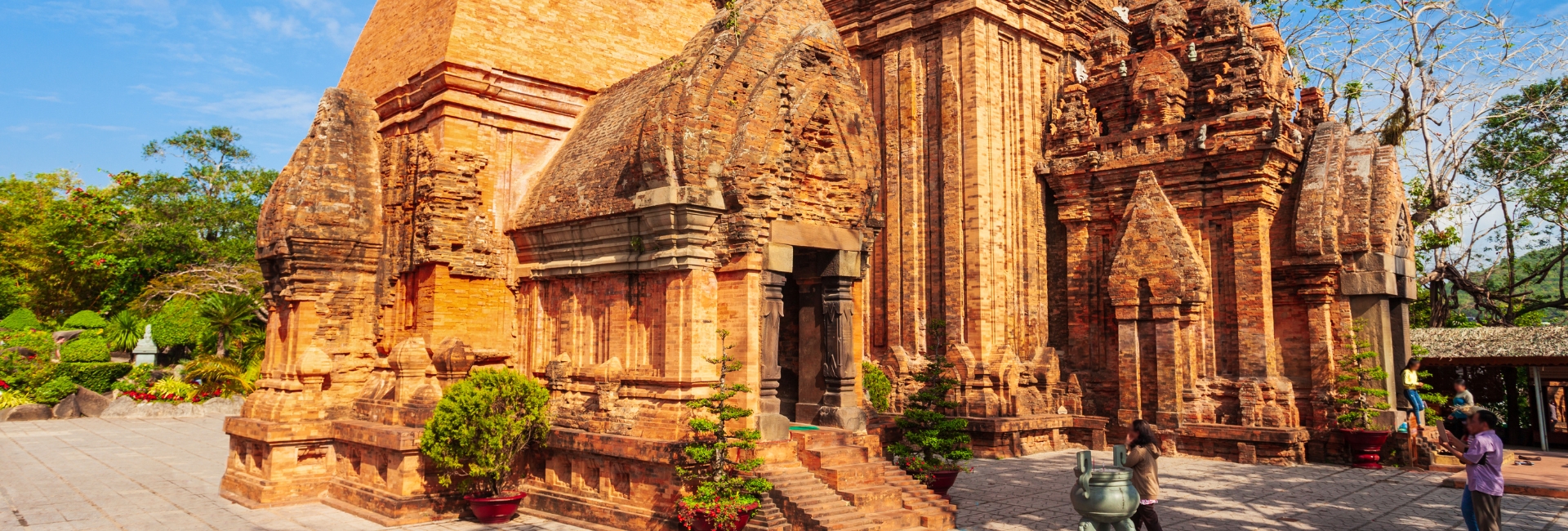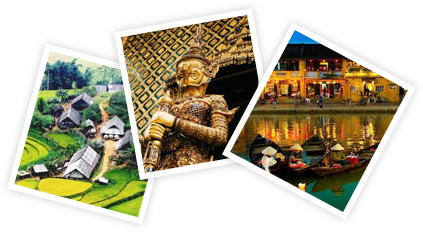Perched majestically on a granite hill overlooking the Cai River, located just 3km north of central Nha Trang, Po Nagar Cham Towers stands as one of Nha Trang’s most significant historical landmarks. This ancient Hindu temple complex not only offers stunning architectural beauty but also provides a fascinating glimpse into the rich cultural heritage of the Cham civilization. Today, it remains an active religious site where Buddhist worshippers from various backgrounds come to pay their respects.
The History
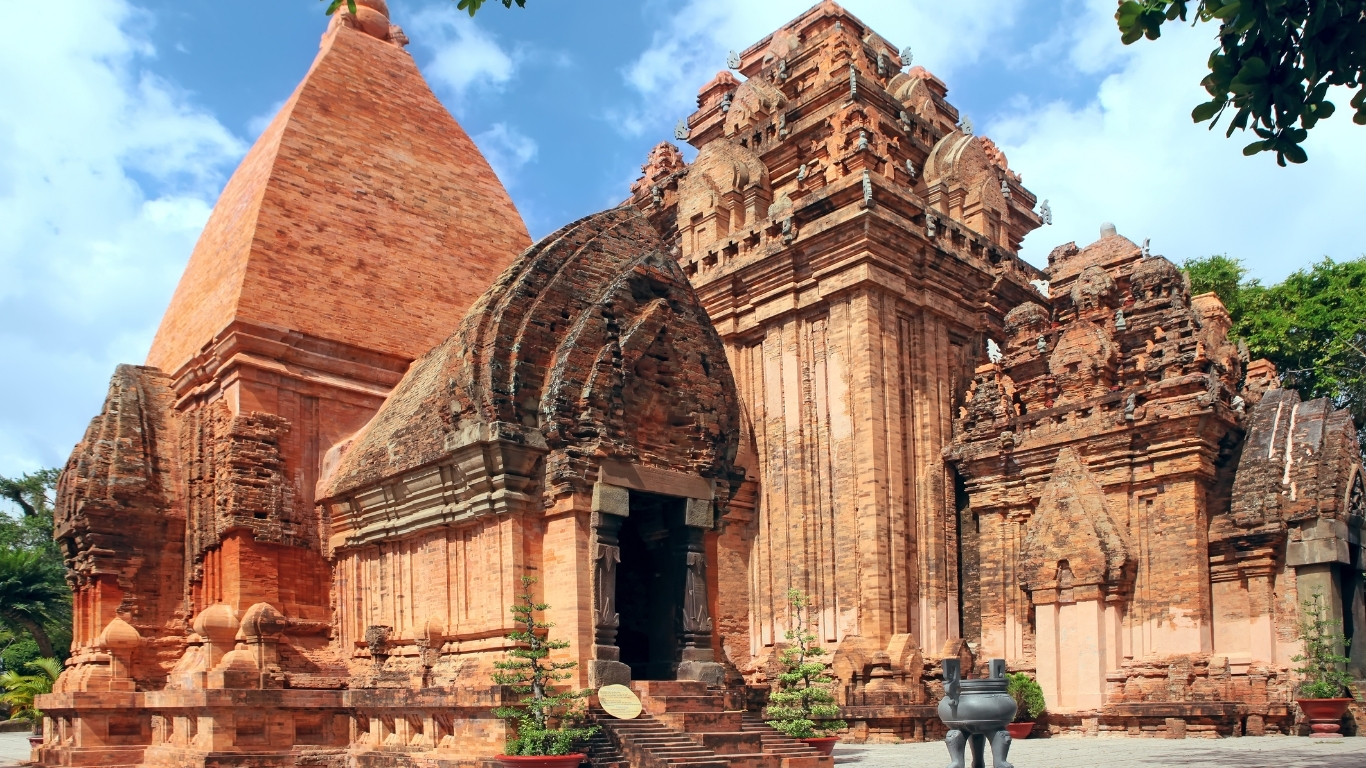
The Po Nagar Cham Towers complex bears witness to a fascinating history spanning nearly two millennia. Originally constructed as a wooden temple as early as the 2nd century AD, the site faced destruction in 774 when Javanese invaders burned it to the ground. However, this setback led to an impressive comeback – in 784, the first stone-and-brick temple was erected, marking a significant architectural advancement in Cham construction techniques.
The name “Po Nagar” translates to “Mother of the Kingdom” in ancient Cham language, and the complex was dedicated to Yang Ino Po Nagar, the goddess of the Dua clan who ruled the southern portion of the Cham kingdom. Throughout its history, the towers have witnessed numerous modifications and additions, with the most significant construction period occurring between the 7th and 12th centuries. The complex has also survived multiple raids, including those by Khmer forces who once stole a precious golden mukha-linga from the North Tower in 918.
What’s to Visit in Po Nagar Cham Towers Nha Trang?
The Po Nagar complex offers visitors a well-preserved glimpse into Cham architecture and religious practices. Let’s explore the best way to experience this historical marvel.
When visiting Po Nagar Cham Towers Nha Trang, here is the summarization of this marvelous architecture before going, include 4 main areas:
| North Tower (Thap Chinh) | Height: 28 meters, with a terraced pyramidal roof. Houses a 10-armed black stone statue of Uma. Notable for intricate carvings and valuable inscriptions. |
| Central Tower (Thap Nam) | Built in the 12th century, contains a linga. Simpler construction style. |
| South Tower (Mieu Dong Nam) | Dedicated to Sandhaka (Shiva) and houses a preserved linga. |
| Northwest Tower (Thap Tay Bac) | Richly ornamented and originally dedicated to Ganesh. |
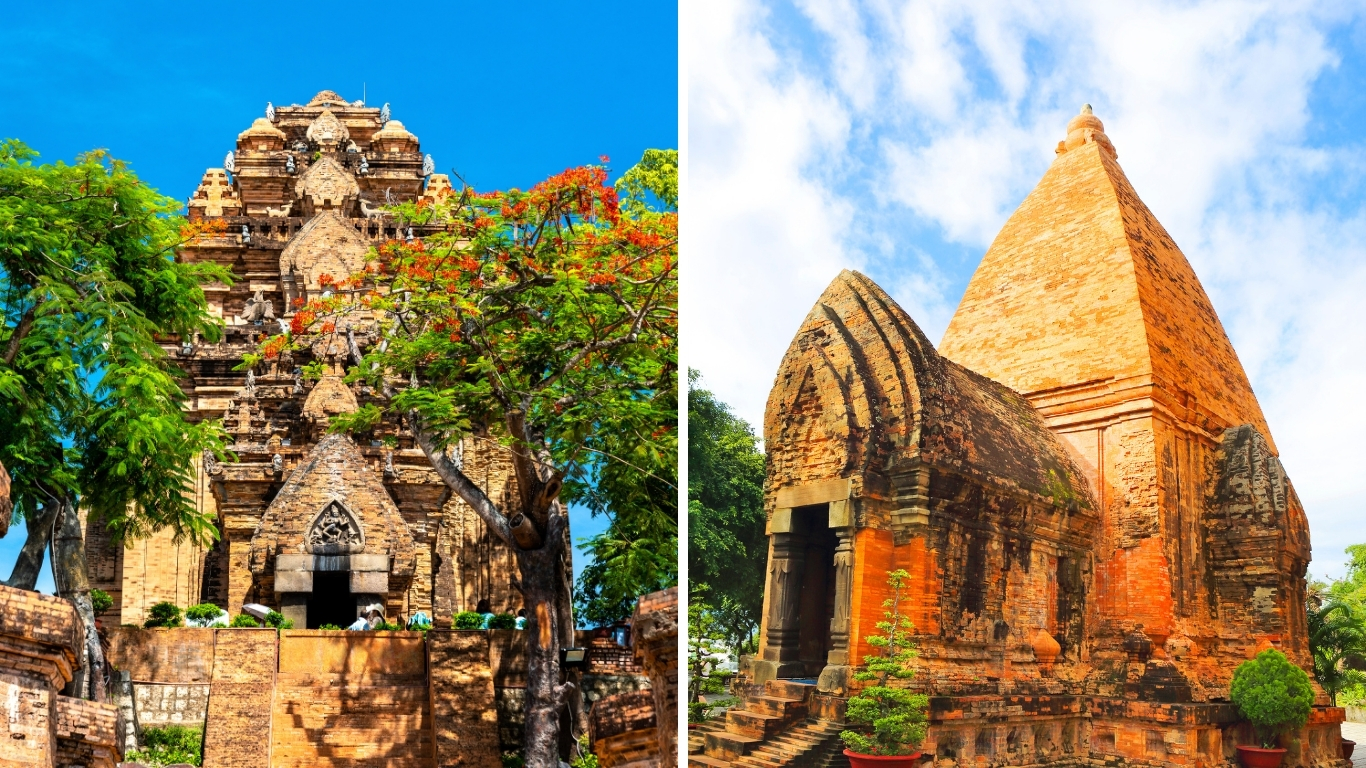
Your journey begins at the grand Gate Tower, the complex’s original eastern entrance. Though time has weathered some of its original grandeur, the ancient stone steps remain, guiding visitors upward just as they have for centuries. This entrance provides your first glimpse of the distinctive Cham architectural style that makes Po Nagar so unique.
Moving forward, you’ll enter the Vestibule, known as Mandapa – a space that holds deep spiritual significance. This area, where Cham people traditionally prepared their offerings, features an impressive colonnade of octagonal fired brick columns arranged in two rows. The craftsmanship is evident in the precise arrangement: six small and five large columns in each row, connected to the upper level by steep brick stairs that seem to reach toward the heavens.
The heart of Po Nagar lies in its Temple and Tower Area, known as Kalan, where four magnificent towers stand as sentinels of history. The North Tower (Thap Chinh) commands immediate attention, rising 28 meters into the sky with its terraced pyramidal roof. This architectural marvel houses the complex’s most revered artifact: a black stone statue of the goddess Uma, depicted with ten arms, two hidden beneath her vest. The tower’s walls tell stories through intricate carvings – musicians playing eternal melodies and a dancing Shiva keeping rhythm with the cosmos.
Adjacent stands the Central Tower (Thap Nam), built in the 12th century using recycled bricks from an earlier 7th-century structure. Though simpler in design than its northern neighbor, it holds its own historical significance, housing an ancient linga that draws worshippers to this day. The South Tower (Mieu Dong Nam) maintains its dedication to Sandhaka (Shiva), while the Northwest Tower (Thap Tay Bac) showcases some of the finest decorative arts in Cham architecture, originally serving as a shrine to Ganesh.
Best time and best way to visit
The ideal time to explore Po Nagar Cham Towers is during the dry season, from January to September, when conditions are perfect for touring and photography. For those interested in experiencing the vibrant Po Nagar Festival, plan your visit during the third lunar month (March or April in the solar calendar) to fully enjoy the lively atmosphere.
To make the most of your visit, start early in the morning to witness the golden glow of the towers at sunrise. Enter through the eastern entrance and ascend the Vestibule for breathtaking views of the Cai River. Begin with the North Tower, appreciating its acoustics and intricate carvings, then leisurely explore the other towers, each offering its unique character. Save the Inscription Area for later in your visit to gain deeper context into the site’s rich history. Don’t forget to engage with ongoing religious practices, as Po Nagar is a living testament to Vietnam’s cultural heritage.
How to get there?
Po Nagar Cham Towers is easily accessible from Nha Trang city center:
- By Taxi: A 10-minute ride from the city center, costing around 50,000-70,000 VND
- By Motorbike: Follow 2/4 Street northward, about a 15-minute ride
- By Bicycle: A pleasant 20-30 minute ride along the coastal road
Helpful guide before you go
Let’s cover the essential information you need for a smooth visit to Po Nagar Cham Towers.
Visiting Information for Travelers
Opening Hours: 8:00 AM – 6:00 PM daily
Entrance Fee:
- Adults: 30,000 VND per person
- Children under 10: Free
Location: 2/4 Street, Vinh Phuoc Ward, Nha Trang, Khanh Hoa Province
Dress Code:
- Modest clothing required (shoulders and knees covered)
- Shoes must be removed before entering towers
- Sarongs available for rent at the entrance
Extra Tips
- Visit early morning or late afternoon to avoid both crowds and heat
- Allow 1-2 hours for a thorough exploration
- Bring water and sun protection
- Photography is allowed but be respectful of worshippers
- Consider hiring a local guide for historical insights
- Keep your entrance ticket safe as it may be checked at different towers
Where to Go Nearby?
After visiting Po Nagar Cham Towers, you can easily combine your trip with other nearby attractions:
- Long Son Pagoda: Located just 2km away, featuring a giant white Buddha statue
- Dam Market: A vibrant local market about 1.5km from the towers
- Nha Trang Beach: Perfect for relaxation after your cultural visit
- National Oceanographic Museum: An interesting stop for marine life enthusiasts
- Hon Chong Promontory: Offers beautiful views of the coastline
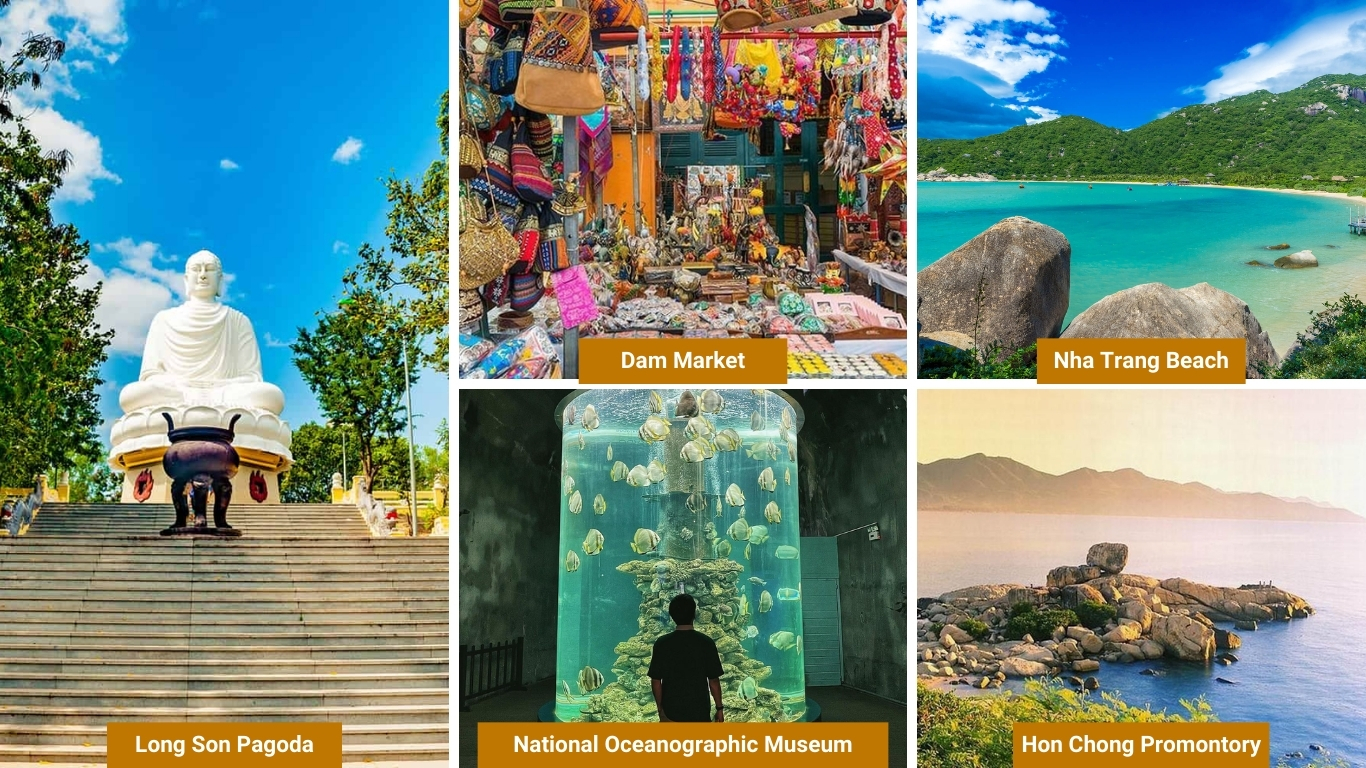
The Po Nagar Cham Towers complex stands as a testament to the architectural brilliance and rich cultural heritage of the ancient Cham civilization. Whether you’re a history enthusiast, architecture lover, or simply seeking to understand more about Vietnam’s diverse cultural landscape, this well-preserved site offers an enriching experience that shouldn’t be missed during your visit to Nha Trang. Its continuing role as an active religious site adds an extra layer of cultural significance, making it not just a historical monument but a living piece of Vietnam’s spiritual heritage.
Thuy Dang – From Indochina Voyages Team

